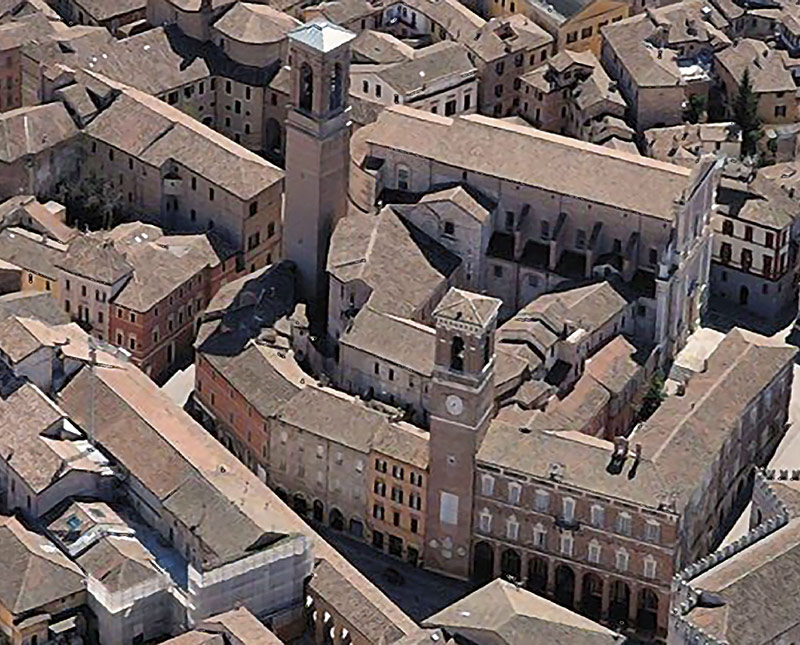The theme: the “Ideal City”
The Ideal City
The ‘Ideal City’ will be the theme of the UNESCO Annual Meeting.
Beginning with the main theme, we will discuss principles of sustainability, resilience, innovation, culture, participation, and antifragility.
The concept of the ‘Ideal City’ will also be developed through an important array of events that will take place before, during and after the week of the Annual Conference, engaging the city of Fabriano and the region as a whole.
Today’s “Ideal City”
Since 2013, the idea of the Ideal City has been a focus for the city of Fabriano as Creative City, developing the following concepts ‘the Ideal City’, ‘the real city’ and ‘the city as a place of sharing’.
At the Annual Conference, delegates will discuss the theme whilst focusing on these two aspects:
The antifragile city – the city that springs back to life after natural disasters or acts of violence perpetrated by mankind.
The innovation of know-how – innovation combined with artisanal manufacturing and the impact of culture on economic development and sustainability.
This silver thread will link the considerations on sustainable urban development, art and culture.

Building the ‘Ideal City’ means sharing opinions on difficult themes, while considering the objectives of the 2030 Agenda for the Sustainable Development. All these aspects will be discussed by delegates of the UNESCO Creative Cities and at the Mayors’ Forum where representatives of those towns who stood out internationally for their work will meet to talk about best practices for a sustainable urban development.
The Ideal City and sustainable development
Human beings are changing the way they live and coexist at an unprecedented pace in human history. Climate change, restructuring of markets and internal conflicts are forcing millions of people to migrate to other countries. The challenge is to create new ways for inhabitants of cities to live together.
Human and natural disasters, wars on terrorism, earthquakes and hurricanes oblige cities to rethink themselves. It is often necessary to heal emotional and social wounds inflicted by conflict or to physically rebuild a new urban plan. We are moving from the resilient city, capable of confronting challenges, to embracing antifragility. This is a city that, after having suffered from painful wounds, disasters, catastrophes and violence perpetrated by mankind, rethinks itself and redefines policies and urbanisation processes for its new citizens.
current models of growth are not creating decent employment, in particular for young people. Vulnerable groups are even more marginalised and excluded from full socio-economic participation. Therefore, the question of employment is crucial. People need qualified and secure work to guarantee dignity and a future. More than ever, work is based on innovation and research, and on a new environmental, regenerative and sustainable economy in which culture, creativity and services granted to citizens become new frontiers of employment and well-being.
All around the world the prominence of large metropolises is increasing and in some cases they are even more important than the countries they belong to. At the same time, outside the large urban areas, the concepts of suburbs and exclusion spread to entire regions, which are left out of the global development processes. It is necessary to imagine a ‘knowledge land’ of urban and rural systems which become drivers for growth, creators of new communities, aggregators of intelligence and incubators of innovation and know-how.
Sign up to our Newsletter
Sign up with your email address to receive news and updates

